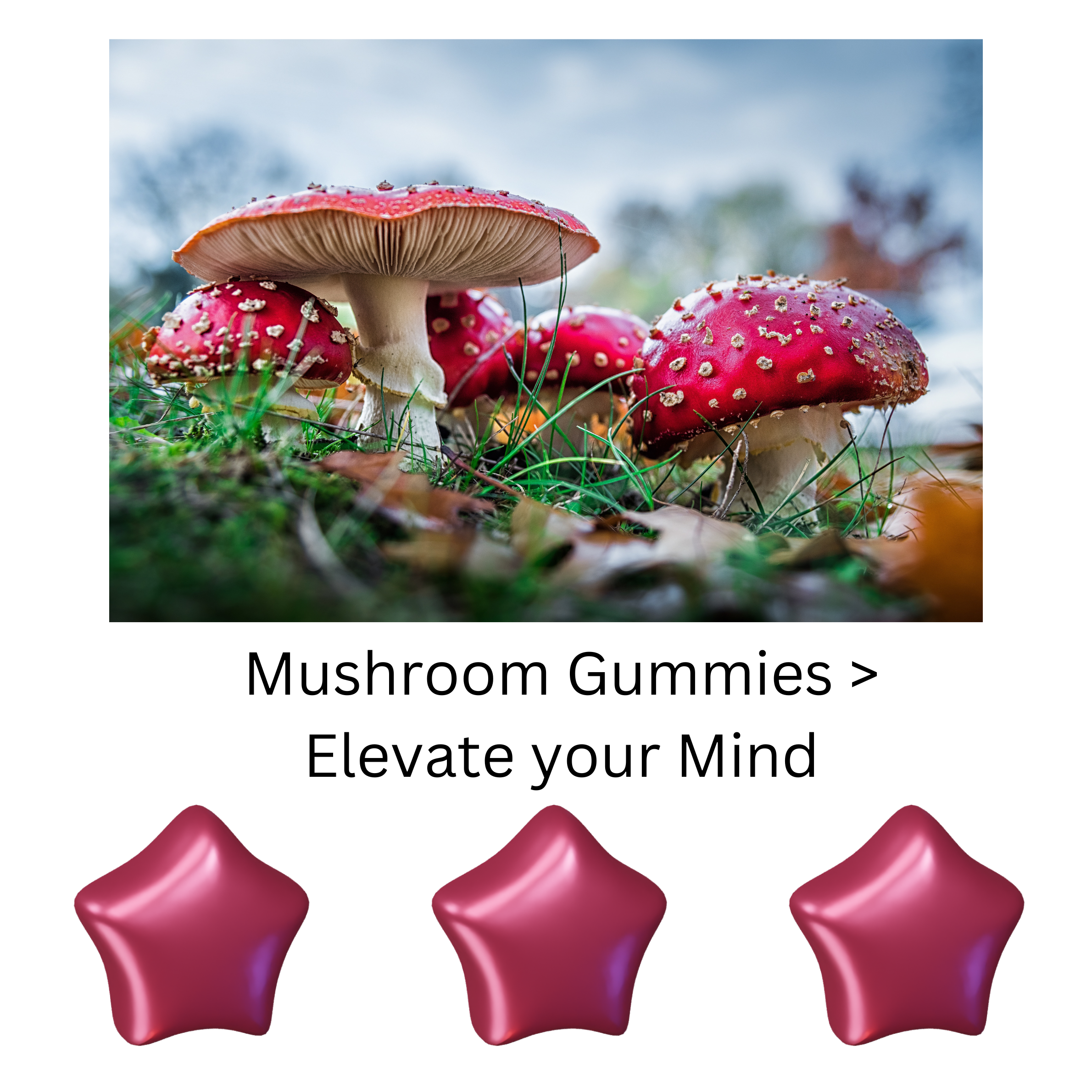Amanita Muscaria: A Different Path to Altered Consciousness
In the realm of psychedelic fungi, Amanita Muscaria stands distinct from the more commonly known Psilocybin mushrooms. Let's delve into the unique features of Amanita Muscaria, exploring its active compounds, particularly muscimol and ibotenic acid, and comparing them to the well-known psilocybin.
Active Compounds: Muscimol vs. Psilocybin
While Psilocybin mushrooms, like those of the Psilocybe genus, contain psilocybin and psilocin as primary active compounds, Amanita Muscaria boasts muscimol and ibotenic acid. Muscimol is responsible for the psychoactive effects, leading to altered states of consciousness. It's important to note that the effects of Amanita Muscaria differ significantly from the Psilocybin experience, often described as more sedative and dream-like.
Legalities in the US: A Complex Landscape
The legal status of Amanita Muscaria in the United States is intricate and varies from state to state. Unlike Psilocybin mushrooms, which are generally classified as Schedule I substances, Amanita Muscaria falls into a legal gray area. It's not explicitly listed as a controlled substance, making its possession and use less strictly regulated. However, the ambiguity surrounding its legality prompts caution.

Cultural and Historical Significance: A Different Tradition
Amanita Muscaria has a rich history deeply rooted in cultural and shamanic practices. Traditionally used by indigenous peoples for spiritual and ritualistic purposes, it holds a unique place in the tapestry of psychedelic substances. Its distinctive appearance, characterized by bright red caps and white specks, has contributed to its mythological associations.
Caution and Considerations: A Prudent Approach
Despite its intriguing history, Amanita Muscaria comes with its set of risks. The potential for toxicity and uncomfortable side effects, including nausea and delirium, underscores the importance of informed and cautious use. As with any psychedelic substance, understanding dosage, individual tolerance, and set and setting are crucial elements for a safe and meaningful experience.
In conclusion, Amanita Muscaria offers a fascinating alternative to Psilocybin mushrooms, with its own set of compounds and cultural significance. However, navigating its legal landscape requires careful consideration. As the psychedelic renaissance continues, exploring lesser-known substances like Amanita Muscaria prompts reflection on the diverse paths to altered consciousness and the importance of responsible use in the pursuit of expanded awareness.



Share:
Microdosing Psilocybin: Low, Moderate & Hero Dose Guide
Psilocybin in Human Evolution